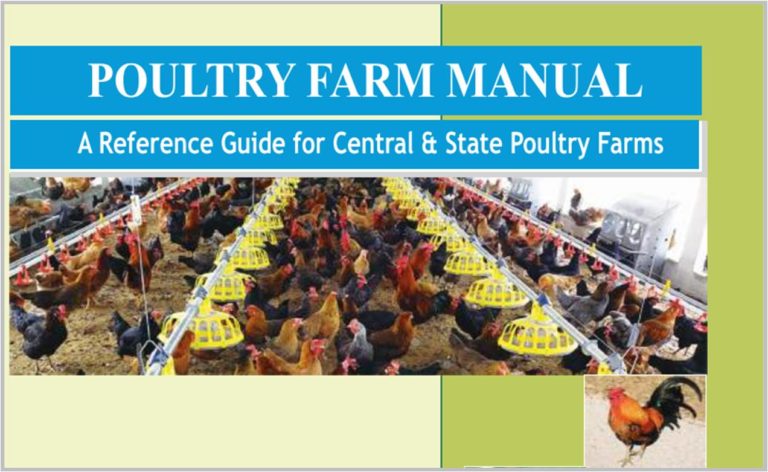

There may be nest boxes and perches in the house. Chicken coop Ī chicken coop or hen house is a structure where chickens or other fowl are kept safe and secure. Some FDA-approved medications are also approved for improved feed utilization. Poultry producers routinely use nationally approved medications, such as antibiotics, in feed or drinking water, to treat disease or to prevent disease outbreaks. One alternative to intensive poultry farming is free-range farming using lower stocking densities.
#Poultry farm management pdf pdf

A statement needs to be included, committing the producer to an annual review into the effectiveness of the odour control measures.

This should cover contingency action plans and additional measures to be taken in the event of elevated odour pollution, for example hospital pens which may lead to elevated odour levels. Detail is required on how fugitive emissions such as leaks from doors, tanks, bins and pipes will be avoided or, if they happen, how they will be minimised.Ībnormal operations. Avoid evenings, weekends and Bank Holidays.įugitive emissions. The OMP must explain the approach to spreading, avoiding periods of high humidity and light winds.

Odours are readily released when spreading. Yards and roads must be kept clean, and litter stored as far away as possible from residential areas, and ideally enclosed. More detail is needed, especially if the dirty litter is stored or treated on own land. The OMP must specify who is responsible for each activity.
#Poultry farm management pdf full
Full descriptions must be given of routines that exist for all areas of poultry management, including procedures at cleanout, carcase removal, drain maintenance, feeding systems etc. Descriptions are also needed of drainage management systems including collection tanks, drains and their maintenance.Ĭleaning. How stagnation is prevented is just one aspect. In particular, dust deposits around ventilation discharge points need to be cleaned up regularly.ĭirty water management. The OMP must give details of how dust is minimised, how remaining dust is controlled and how equipment and housing are cleaned. The higher the dispersion point (for example, roof vents) the lower the odour risk.ĭust. Ventilation rates will need to be increased during warmer weather, and the birds’ welfare is the primary consideration. The type of ventilation needs to be described and how its dispersion will help prevent any odour issues. Specifically, the EA makes the following recommendations:ĭispersion of odours. It is essential to say who, how, when, where and what follow-up actions will be taken.” “The over-arching principle is that vague statements should be avoided. “Each OMP must be site-specific and achievable,” it adds. “An OMP is required where a site is within 400m of a sensitive receptor, such as a neighbour, and/or it has a history of substantial odour complaints,” says the EA document. But in many cases they are a legal necessity, and in others, they can be an essential line of defence in the event of a complaint by a member of the public.Īs such, the Environment Agency has prepared a list of “top tips” for poultry producers on permitted sites, to help them ensure that all the relevant points are covered. Having an Odour Management Plan (OMP) may seem, to some, like additional paperwork they would rather do without.


 0 kommentar(er)
0 kommentar(er)
